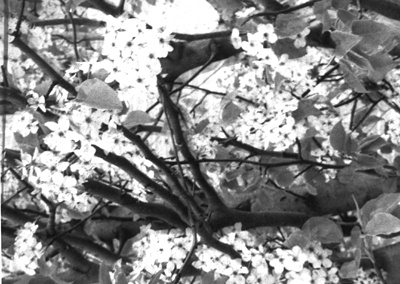All Nonfiction
- Bullying
- Books
- Academic
- Author Interviews
- Celebrity interviews
- College Articles
- College Essays
- Educator of the Year
- Heroes
- Interviews
- Memoir
- Personal Experience
- Sports
- Travel & Culture
All Opinions
- Bullying
- Current Events / Politics
- Discrimination
- Drugs / Alcohol / Smoking
- Entertainment / Celebrities
- Environment
- Love / Relationships
- Movies / Music / TV
- Pop Culture / Trends
- School / College
- Social Issues / Civics
- Spirituality / Religion
- Sports / Hobbies
All Hot Topics
- Bullying
- Community Service
- Environment
- Health
- Letters to the Editor
- Pride & Prejudice
- What Matters
- Back
Summer Guide
- Program Links
- Program Reviews
- Back
College Guide
- College Links
- College Reviews
- College Essays
- College Articles
- Back
Historic Costuming
The simple, yet fantastical Idea of stepping into history and through time by costume alone is what gives me inspiration every day, studying the costume history of the world is what i am astoundingly passionate about.
Have you ever seen a live play in a theatre? Can you just imagine if you were to be watching “les miserables” and the actors came out wearing jeans and t-shirts? What gives the setting to this play that took place in the early 1830’s? Is it the props? Is it the accents? Its the accuracy of the costumes, that set the entire theme for this wonderful play. The costumes tell a story all by themselves, they say what year it is, they say what world events are happening around them, they tell the wealth or poverty of the era or character: they bring stories to these characters and they bring life.
Direct world events affect fashion far more drastically than you might think. An easy example was at the end of the civil war in the late 1860’s when the ridiculously large caged crinoline skirts went out of fashion because of the cotton industry and the industrial revolution. World events change what people wear, we see it everyday, but it takes thinking in order to notice it. Another example is the great depression throughout the 1930’s when the flapper style of the roaring twenties was pushed aside as people began to mature and could not care less about fashion, and more about what they could get to eat for their money, thus affecting this fashion decade in a very different manner.
Every single era of costume history has either very large differences or very small differences, and recreating these pieces and trying so hard to get them perfect, attempting to make them accurate to the time period is like a complicated puzzle. with even one piece or addition missing, the image isn’t whole, it’s divided and doesn’t look as good as it could. an example to achieve the “stepped out of time” look would be the difference between hem tape on the skirt or a modern sewing machine hem stitch. it’s these ridiculously small details that make these recreations so much fun to spend hours upon hours creating.
Of all the centuries, and eras and decades, my favorite to attempt at recreating is the late 18th century of france. A few years before the french revolution when the wealthy aristocrats would spend ridiculously large amount of money on their clothing, it's this problem in the hands of Queen Marie Antoinette as she commissioned hundreds of dresses from Rose bertin, (as well as her gambling problems) that plunged her country into debt and caused her people to behead her in 1796 in their anger and rage. It’s these guillotin settings that makes me love the costume fashion of this era so much more, it's the frivolous spending and the extravagant parties of royalty that I love studying so passionately about and becoming my favorite era to research and recreate.
The easiest way to recreate a costume to be period accurate is by the fabric and how to get into it. If you use a cheap Halloween fabric like crushed velvet you're never going to achieve the look that you want, a better choice would be a fine wool, a woven linen, or a silk taffeta depending on the time period. These make all the differences. if you spend money and time to create such a perfect piece and then decide to put a zipper in the back it's like staining the costume in oil grease. Zippers were invented in 1851, but were largely unsuccessful until the 1920’s. Putting a zipper where lacing grommets or invisible hooks would be used ruins the “stepped out of time” look, you'll end up with a modern costume rather than a historically accurate clothing piece.
All of human history can be seen plainly by studying the costumes that dance across the centuries, leaving so many untold stories of the people that wore them. And all of these stories just want to be heard. Art critics often say that “art goes into museums to die”, I could not agree with this statement more. The trapped art only gazed at for a few moments of a tourists time, hidden behind glass cases or in desolate rooms, these pieces want to be seen, they want to be felt, and mostly they want to make someone feel. Historic costumes are art. They want to be seen, they want to be felt and they want to cause feeling. This art deserves to be cherished.
I've always left a costume museum feeling rather sad, because i wasn't able to truly appreciate the piece by just looking behind a roped section, i wanted to step into that time period by wearing the piece. And so i create historically accurate costumes in order to do just that. Time travelling is completely possible if you have the imagination to do so.

Similar Articles
JOIN THE DISCUSSION
This article has 0 comments.
